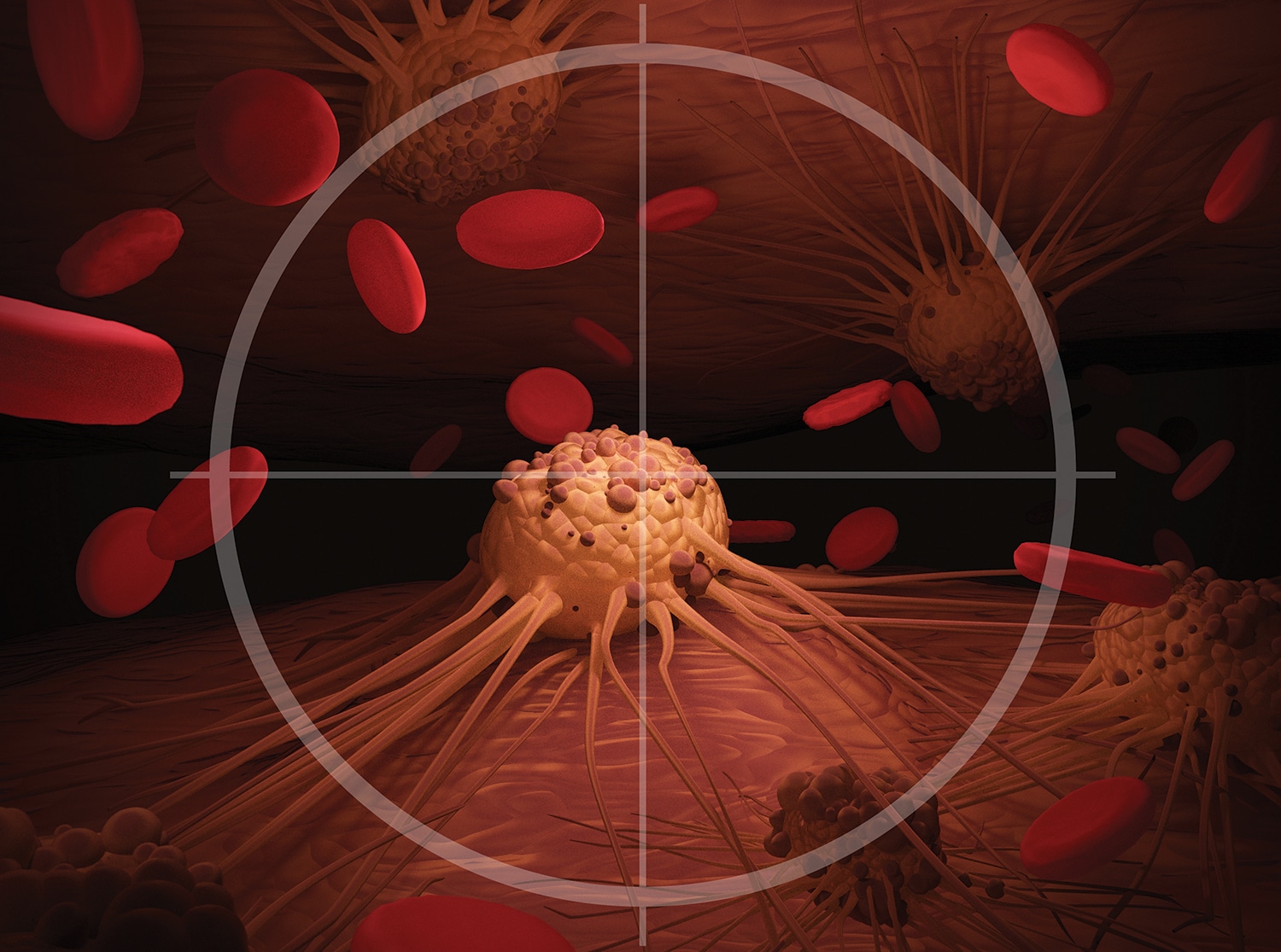Most cancer patients will have a treatment plan that includes chemotherapy. Many of the chemotherapy drugs they receive are likely to have been commonly used for decades. These treatments continue to be offered because they often can extend people’s lives. But it’s possible that there are ways to use them more effectively.
Sourav Bandyopadhyay, a computational and molecular biologist at the Helen Diller Family Comprehensive Cancer Center at the University of California, San Francisco, studies the ways biological networks inside cancer cells affect how tumors respond to cancer treatments. Bandyopadhyay and his team published a study in the April 17, 2018, Cell Reports that suggests analyzing the genetics of a patient’s tumor could potentially lead to a more targeted approach to chemotherapy. Cancer Today spoke with Bandyopadhyay about his research and why it is important to rethink traditional ways of using chemotherapy.
Q: What is the framework for your research?
A: Rather than focusing on one gene at a time, we apply a systematic and data-driven approach to try to understand patterns and rules for drug response in patients. We are trying to move away from studying the effect of one gene and one pathway to a total understanding of the effect of tumor genetics.
Q: How does tumor genetics affect chemotherapy?
A: To the uninitiated, chemotherapy all seems the same. Fundamentally, all chemotherapy works to some extent by causing DNA damage. But when you get down to the nitty-gritty, different chemotherapy agents cause that DNA damage in different ways. And the way they create damage requires certain pathways to repair that damage—and that’s different for different drugs. We know very little about the makeup of these pathways. Learning about them could help us understand why a patient may or may not respond to a certain treatment.
Q: Is it possible that a chemotherapy used solely for colorectal cancer might be the best treatment for some other types of cancers?
A: Absolutely. If you look at why we use the chemotherapy that we use, it has to do with the large trials that were done that asked, on average, what works better for this specific population. That has gotten us to the standard of care. But this kind of one-size-fits-all chemotherapy is not really up-to-date with what we know about the genetics of cancer. If we can capitalize on the genetics of the disease to know what chemotherapy might be better for which tumors, that could potentially have an impact on cancer care.
Q: Is this testing available to patients now?
A: No. Our research is a starting point for thinking about how tumor genetics alters response to drugs. Our eventual goal is to use this data along with other data we have published to create a computational platform for predicting drug sensitivity. Then we would want to test it prospectively.
Q: How do you know that the cell pathways activated in cells in your lab would be the same as those in cancer cells in people?
A: We have reason to believe there is a substantial relationship between what we see in a tissue culture dish and what happens in people, in terms of survival after chemotherapy as well as in the molecular pathways that are activated in tumors. In the context of DNA repair, we are looking at a fundamental part of cell survival and cell death, and you only need the tumor cells to study that.
Q: Is it difficult to get funding for this type of research because all of these drugs are already approved?
A: Yes. Not only are they approved, they are all off-patent. So, for the majority of the chemotherapy drugs we are studying, this is not something a pharmaceutical company would fund. The exception is the PARP inhibitors, which are new. So, fundamentally, it is really doing research for the public good, not for profit.
Q: Is it fair to say your work could potentially affect many people?
A: Because so many patients are given chemotherapy, even a small, marginal improvement in the way chemotherapy is delivered could have a massive impact. That is our hope. That’s what motivates us.
Cancer Today magazine is free to cancer patients, survivors and caregivers who live in the U.S. Subscribe here to receive four issues per year.





